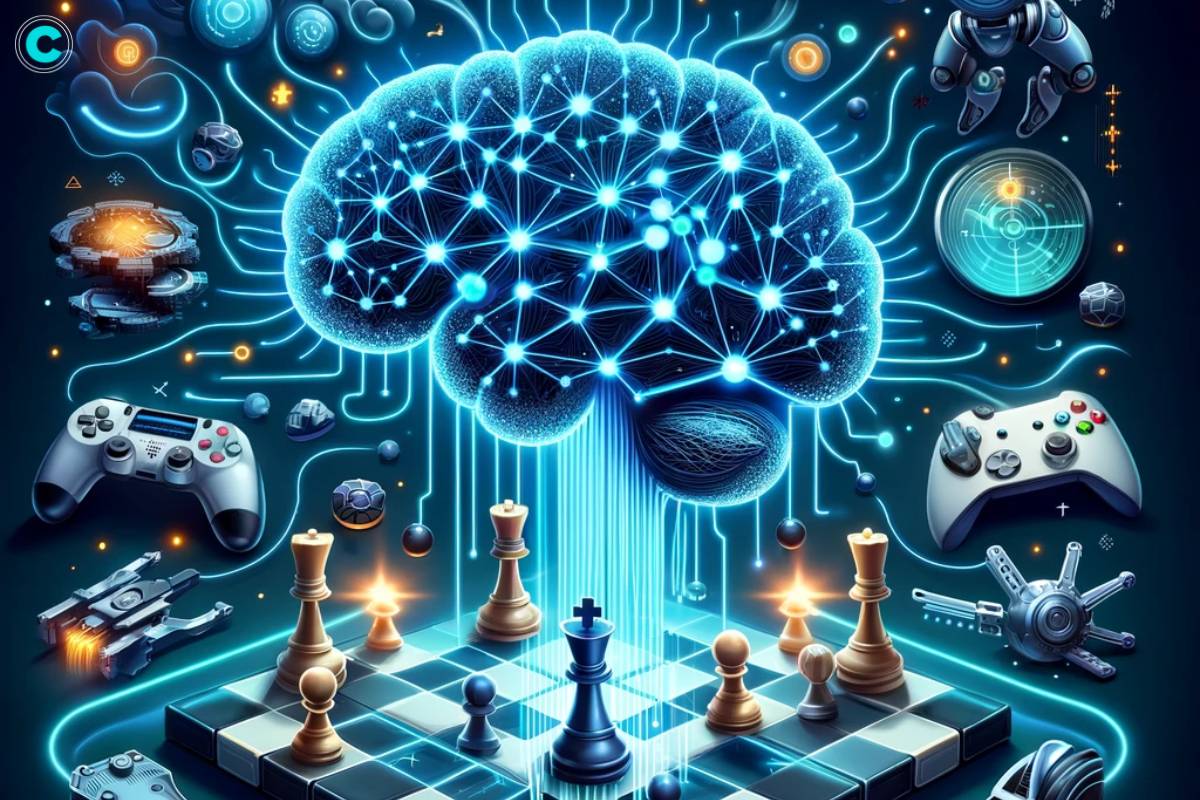In the realm of artificial intelligence, one term that has been gaining significant traction is “Reinforcement Learning.” This powerful paradigm has revolutionized various domains, from gaming to robotics, offering a pathway for machines to learn and make decisions in dynamic environments. If you’re new to the concept or seeking a deeper understanding, this article will serve as your comprehensive introduction to reinforcement learning, shedding light on its fundamentals, applications, and potential impact.
What is Reinforcement Learning?
Reinforcement Learning (RL) is a subfield of machine learning where an agent learns to make decisions by interacting with an environment. Unlike supervised learning, where the model is trained on labeled data, or unsupervised learning, where the model discovers patterns in unlabeled data, RL relies on trial and error to learn optimal behaviors. The agent receives feedback in the form of rewards or penalties based on its actions, guiding it toward achieving a predefined goal.
How Does Reinforcement Learning Work?
In RL, the learning process is akin to how humans learn from experience. The agent interacts with the environment by taking actions, which leads to state transitions and rewards. These experiences are stored in a memory known as the “replay buffer.” Through iterative exploration and exploitation, the agent refines its decision-making policy to maximize cumulative rewards over time. This process, known as the “exploitation-exploration trade-off,” is crucial for striking a balance between exploiting known strategies and exploring new possibilities.
Key Components of Reinforcement Learning:

- Agent: The agent is the entity responsible for making decisions and taking actions within the environment. It interacts with the environment and learns from the feedback it receives. In this, the agent’s goal is to learn an optimal policy that maximizes the expected cumulative reward.
- Environment: The environment is the external system with which the agent interacts. It comprises states, actions, and rewards. The agent receives the current state and reward from the environment, chooses an action, and sends it back to the environment. The environment then transitions to a new state and determines the reward associated with the transition.
- State: A state is a representation of the current situation or configuration of the environment. It provides information about the current state of the environment that the agent can use to make decisions. The agent’s actions can change the state of the environment.
- Action: An action is the decision made by the agent to transition from one state to another. The agent selects an action based on its current state and the available actions in the environment. The chosen action is then sent to the environment, which transitions to a new state based on the action.
- Reward: A reward is a feedback signal indicating the desirability of the agent’s action in a particular state. It provides information to the agent about the quality of its actions and helps guide its learning process. The agent’s goal is to maximize the cumulative reward it receives over time.
- Policy: A policy is a strategy or rule that governs the agent’s decision-making process. It maps the agent’s current state to the action it should take. The agent’s objective is to learn an optimal policy that maximizes the expected cumulative reward.
- Value Function: A value function is an estimate of the expected cumulative reward that can be obtained from a given state or action. It provides information about how good a particular state or action is and helps the agent make decisions. The value function depends on the reward and helps the agent estimate the long-term value of different actions.
These key components work together to enable the agent to learn and improve its decision-making process over time. By interacting with the environment, receiving feedback in the form of rewards, and adjusting its policy and value function, the agent can learn to make better decisions and achieve its goals.
What are the Applications of Reinforcement Learning?
It has found diverse applications across various domains, including:

- Gaming: RL algorithms have been used to develop AI agents capable of mastering complex games like chess, Go, and video games.
- Robotics: RL enables robots to learn tasks such as grasping objects, navigation, and locomotion in real-world environments.
- Autonomous Vehicles: RL plays a crucial role in training self-driving cars to make intelligent decisions on the road.
- Recommendation Systems: Companies utilize RL algorithms to personalize recommendations for users based on their preferences and behavior.
- Finance: RL algorithms are employed in algorithmic trading, portfolio management, and risk assessment to optimize investment strategies.
What are the Challenges in Reinforcement Learning?
Despite its promise, reinforcement learning poses several challenges, including:
- Sample Efficiency: RL algorithms often require a large number of interactions with the environment to learn effective policies, making them computationally expensive and time-consuming.
- Exploration-Exploitation Trade-Off: Balancing the exploration of new strategies with the exploitation of known ones is a delicate task, as overly conservative or aggressive behavior can hinder learning.
- Credit Assignment Problem: Determining which actions contributed to a received reward, especially in long-term tasks with delayed feedback, is a non-trivial problem.
- Generalization: Extending learned policies to unseen scenarios or environments, known as generalization, remains a significant challenge in RL research.
- Ethical Considerations: As RL systems become increasingly autonomous and capable, ethical concerns regarding their impact on society, privacy, and fairness have surfaced.

Conclusion:
Reinforcement Learning holds immense potential to revolutionize various industries and domains, empowering machines to learn and adapt in complex environments. By understanding its core principles, applications, and challenges, we can harness the power of RL to tackle real-world problems and pave the way for a smarter, more efficient future. Whether you’re a novice exploring the world of AI or a seasoned practitioner seeking to deepen your knowledge, mastering it is a journey well worth embarking on.






